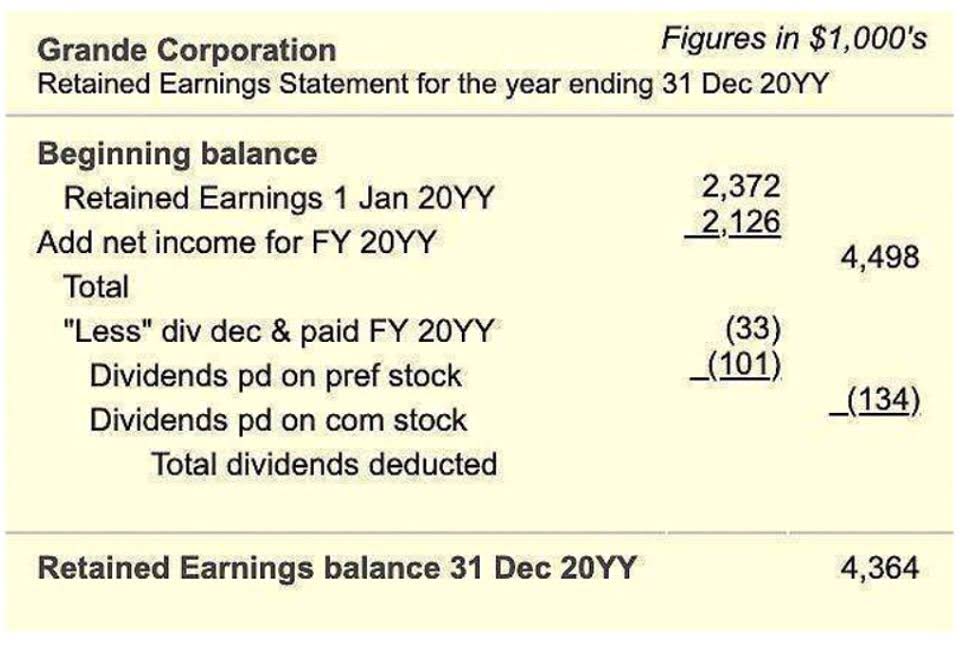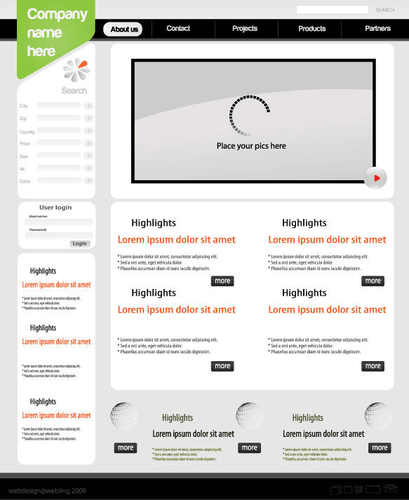
The working capital metric is relied upon by practitioners to serve as a critical indicator of liquidity risk and operational efficiency of a particular business. Once we have tallied the assets and liabilities, we can subtract the liabilities from the assets to arrive at our number for the change in working capital. To calculate our change in working capital, we will add all the items from the assets together; then, we will do the same for the liabilities.
Noncash Investing and Financing Activities
- Using the short-form version of the operating cash flow formula, we can clearly see the three basic elements in every OCF calculation.
- This means big supermarkets often have negative OWC balances, and are using their suppliers as ‘free finance.
- OCF is the amount of cash generated by a business’s regular activities—the sales of its products and services—within a given period.
- Balance sheet critics point out its use of book values versus market values, which can be under or over-inflated.
- You post amortization expenses to record the decline in value of intangible assets, such as a patent.
Free cash flow is calculated by taking Operating Cash flow (i.e. the cash a company generates from its core operations) and also taking into account Capex spending over the period. Capital Expenditure (or Capex) is the cost of maintaining and improving the capital assets of the company, typically Property, Plant and Equipment. Whilst OCF only focuses on day-to-day operating activities, free cash flow takes this additional cost of running the company’s physical assets, such as the annual servicing of machinery in a factory.

How to Interpret a Cash Flow Statement

The most common liabilities are usually the largest such as accounts payable and bonds payable. Most companies will have these two-line items on their balance sheets because they’re part of ongoing current and long-term operations. Liabilities are settled over time through the transfer of economic benefits including money, goods, or services. They’re recorded on the right side of the balance sheet and include loans, accounts payable, mortgages, deferred revenues, bonds, warranties, and accrued expenses. To further complicate matters, the changes in working capital section of the cash flow statement (CFS) commingles current and long-term operating assets and liabilities. Cash flow is fundamental for successful businesses and not having cash readily available could result in a loss of opportunities and failure to meet financial obligations.
How to calculate operating cash flow: What it is and why it’s important

If revenues decline or costs increase, with the resulting factor of a decrease in net income, this will result in a decrease in cash flow from operating activities. You can find the cash flow from operating activities on a company’s cash flow statement. You can also calculate operating cash flow by adding together a company’s net income, non-cash items (adjustments to net income), and working capital. Operating working capital is defined as operating current assets less operating current liabilities.
The difference between the book value of $60 and the cash received $150 is the gain of $90 which was reported on the income statement but is not a cash item. Increases in net cash flow from financing usually arise when the company issues share of stock, bonds, or notes payable to raise capital for cash flow. Propensity Company had two examples of an increase in cash flows, one from the issuance of common stock, and one from increased borrowing changes in operating assets and liabilities through notes payable. The remainder of this section demonstrates preparation of the statement of cash flows of the company whose financial statements are shown in Figure 16.2, Figure 16.3, and Figure 16.4. Cash flow from operating activities, on the other hand, is a measure of the cash going in and out due to a company’s day-to-day operations. Negative cash flow can occur if operating activities don’t generate enough cash to stay liquid.
Change in Net Working Capital Formula (NWC)
To calculate the operation section using the direct method, take all cash collections from operating activities, and subtract all of the cash disbursements from the operating activities. For non-finance professionals, understanding the concepts behind a cash flow statement and other financial documents can be challenging. When you determine the cash flow that is available for investors, you must remove the portion that is invested in the business through working capital. Since the growth in operating liabilities is outpacing the growth in operating assets, we’d reasonably expect the change in NWC to be positive. Similarly, Net Operating Assets are calculated using the book value of the assets and the liabilities mentioned on the balance sheet.

If a transaction increases current assets and current liabilities by the same amount, there would be no change in working capital. As you can see, the consolidated statement of cash flows is organized into three distinct sections, with operating activities at the top, then investing activities, and finally, financing activities. In addition to those three sections, the statement also shows the starting cash balance, total change for the period, and ending balance.
- Operating assets and operating liabilities both support the continuation of revenue production from core operations.
- Besides his extensive derivative trading expertise, Adam is an expert in economics and behavioral finance.
- To facilitate this understanding, here’s everything you need to know about how to read and understand a cash flow statement.
- Because accountants deduct depreciation in computing net income, net income understates cash from operations.
- Another current asset would be inventory, where an increase in inventory represents a cash reduction (i.e. a purchase of inventory).
Balance Sheet Assumptions
Again, notice the similarities in each company’s language when differentiating between assets and liabilities. “The “change” refers to how cash flow has changed based on working capital changes. You must consider and link what happens to cash flow when an asset or liability increases. Similarly, the value of a company’s operating liabilities is equal to the sum of all operating liabilities less the value of all non-operating liabilities.
Positive net cash flow generally indicates adequate cash flow margins exist to provide continuity or ensure survival of the company. The magnitude of the net cash flow, if large, suggests a comfortable cash flow cushion, while a smaller net cash flow would signify an uneasy comfort cash flow zone. When a company’s net cash flow from operations reflects a substantial negative value, this indicates that the company’s operations are not supporting themselves and could be a warning sign of possible impending doom for the company.